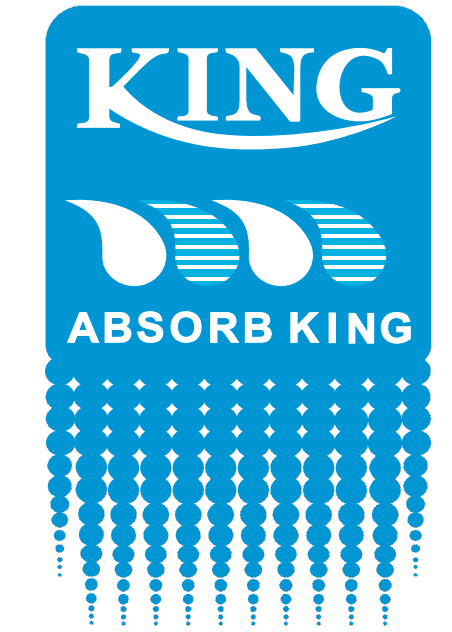Understanding The Science Behind Moisture Absorbers
Dec 13,2023 | Bond
In the quest to create a comfortable and healthy environment, one of the key factors we deal with is humidity. Too much moisture in the air can cause a host of problems, from the growth of mold and mildew to damaging your belongings. That's where moisture absorbers, like those produced by Absorb King, come in. But have you ever wondered how these small, often inconspicuous packets work? Today, we're going to unravel the science behind moisture absorbers.
Moisture absorbers, such as desiccants and silica gel, operate on a principle known as adsorption (not to be confused with absorption). This is a surface-based process where water molecules are attracted and held onto the surface of the absorber material.
(2)-jpg2.jpeg?w=863&h=480)
Let's delve a little deeper, starting with silica gel. These are small beads made from silicon dioxide, a naturally occurring mineral. Silica gel is porous, which means it has tiny holes that can hold water molecules. When exposed to air, the water molecules in the humid air are attracted to and held by these pores. This process is called physical adsorption or physisorption, where the water molecules are held by weak Van der Waals forces.
Desiccants, on the other hand, are substances that induce or sustain a state of dryness in their vicinity. They achieve this through a process known as chemical adsorption or chemisorption. In this process, the water molecules form a chemical bond with the desiccant material. Calcium chloride is a common desiccant used in moisture absorbers. When it comes into contact with water, it undergoes a reaction, resulting in the formation of calcium hydroxide and the release of heat. This process removes moisture from the surrounding air, thus reducing humidity.
So why does this matter to you? Understanding the science behind moisture absorbers helps you make informed decisions about managing humidity in your home or workplace. Different environments and items may require different types of moisture absorbers. For example, silica gel is often used to protect delicate items such as electronics or important documents, while desiccants like calcium chloride are more suited for larger spaces such as rooms, basements, or storage units.
At Absorb King, we provide a range of moisture-absorbing products tailored to meet your needs. Whether you're looking to safeguard your precious belongings or create a healthier living environment, our range of silica gel and desiccant products has got you covered. Armed with a deeper understanding of how they work, you can now use these tools more effectively in your battle against excess moisture.
Remember, knowledge is power, and understanding the science behind moisture absorbers gives you the power to control the environment around you. With Absorb King, take control of your comfort and health, because we're committed to helping you reign over humidity.



